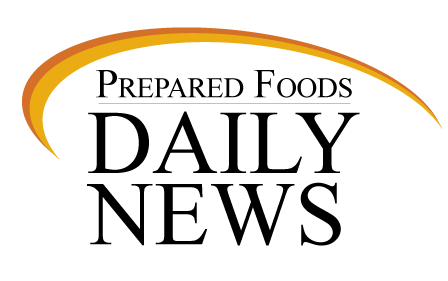Of those ages 11-20 surveyed outside of fast food chains in four U.S. cities, 80% underestimated the actual calorie content, and 30% misjudged the amount by at least 500 calories, Jason Block, MD, of Harvard Medical School in Boston, reported at the Obesity Society meeting here.
Only 14% of the participants noticed any nutritional information in the restaurant, and fewer still -- 3% -- saw and used the information when ordering.
The findings, Block said, raise concerns that even when calorie information is available on the menus of restaurant chains with at least 20 locations nationwide, as mandated by the Affordable Care Act, people might not use it.
That concern is supported by a similar study conducted in New York City, which found that although most teens noticed the calorie information on menus after such a policy was adopted, only 9% said they considered the information when choosing their food.
As part of the baseline phase of a study to evaluate the new federal regulation, Block and his colleagues surveyed adolescents at fast food restaurants in Boston, Springfield, Mass., Providence, R.I., and Hartford, Conn.
In each city, the researchers visited 10 restaurants three times each, for a total of 120 visits during the study. The chains included McDonald's, Burger King, Subway, Dunkin' Donuts, and Wendy's.
Overall, 36% of the 547 individuals approached agreed to participate in the study. Their mean age was 16 and they were ethnically diverse -- 16% white, 36% black, 28% Hispanic, 6% Asian, and 14% other or multiracial. Based on self-reported height and weight, 26% were overweight or obese, which Block acknowledged seemed low.
The researchers collected the participants' receipts to calculate the calorie content of their meal and administered a short survey on the awareness and use of nutritional information in the restaurant, as well as on the estimated calorie content of the food purchased.
The average actual calorie content of the meals was 746, with 28% of the participants purchasing 1,000 calories or more.
The average estimated calorie content, however, was only 464. The underestimation was consistent across restaurant chains.
A greater actual calorie count was associated exponentially with a greater underestimate on the part of the participants. Those who consumed 1,000 calories, for example, underestimated their meal by an average of 350 calories. For those who consumed 1,500 calories, the estimate was short by 700 calories.
The researchers also asked the participants to estimate how many calories are needed each day to maintain a healthy diet. According to lenient standards, 68% of them were accurate (1,000 to 3,000 calories), 23% underestimated, and 9% overestimated.
Those who underestimated the daily requirement underestimated their meal content by 28% compared with those who were accurate.
On the flip side, those who overestimated the daily requirement overestimated the calorie count by 39%.
These findings, Block said, support the use of an anchoring statement on menus, which, according to federal law, will tell customers that the recommended daily intake is 2,000 calories.
The study "suggests that perhaps this might be a promising, helpful thing for people to put into context the calorie content of meals," Block said.
He noted some limitations of the analysis, including the low response rate and the inability to measure the actual consumption of food. The researchers also were not able to randomly select participants or to sample customers at the drive-thru window.
From the October 6, 2011, Prepared Foods' Daily News.
